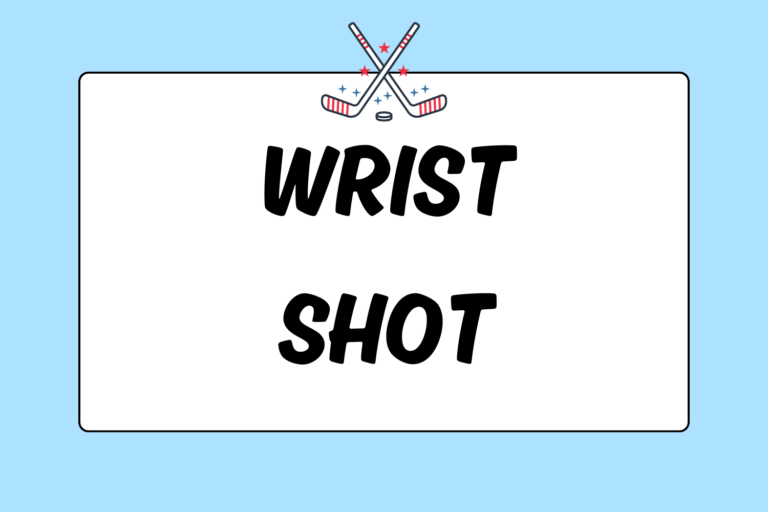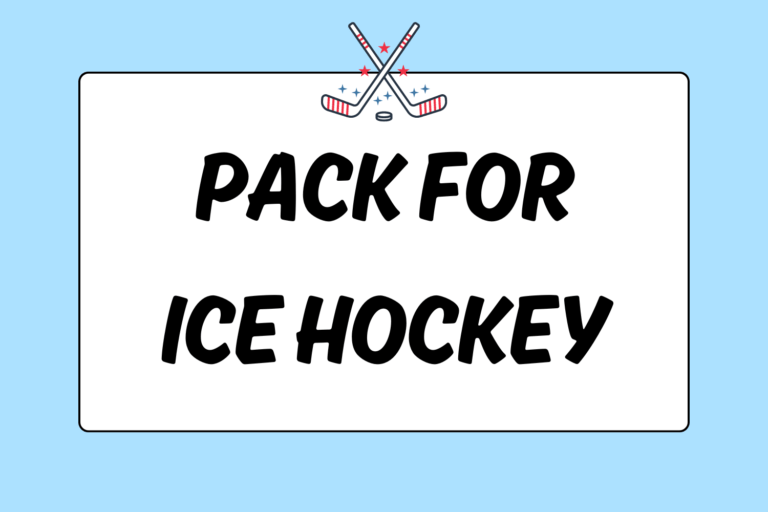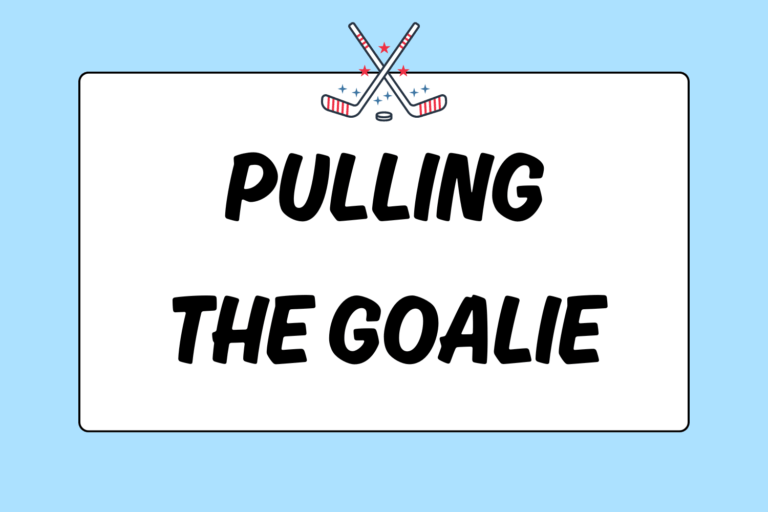Spectacular glove saves and diving kick saves are usually not indications of good goaltending. More often than not, good goaltending is not having to make those types of saves in the first place. The best goalies in the world get through games by making most of their saves look easy; that’s because they usually are.
The objective is to show the shooter the least amount of net, leading him to either shoot a low-percentage shot, or pass up a shooting opportunity all together. This is all accomplished by positioning and playing the angles.
Behind You
The first step to good positioning is awareness. How can you know the right position to be in if you don’t even know where you are? Your only objective is to stop the puck from going into the net. In order to do that, you need to know where the net is at all times. Some tips:
The crease:
One of the main reasons the crease is painted on the ice is to help goalies know where the net is behind them. Use your peripheral vision to keep tabs on where you are in the crease; this way you’ll always know where you are in accordance with the goal.
Visual cues:
You have many other visual cues at your disposal besides the crease. Hockey rinks are filled with markings. Every rink can be a little different, so use some of your time in warm-ups to get used to where the face-off circles and dots are located. Look around and see if the rink has any other visual markings you can use to tell exactly where you are in relation to the goal. You may find that things like advertisements on the boards or the positioning of the bleachers are helpful. Just be mindful of your surroundings and look for anything that you think could help.
Stick tap:
While watching professional goalies on TV, you’ll often notice them bang the pipes of the goal with their stick blade and then shaft in quick succession. While this is partially habit and superstition, it’s also a good way of finding exactly where the goal is without turning around and looking at it.
Starting point:
A method some goalies use to maintain a handle on their position is using a constant starting point in the net when the play shifts from the offensive zone to defensive zone. When the puck is in your offensive zone, try starting with your back against the very middle of the crossbar. Then, as the play shifts to your defensive zone, skate out to face the shot. This also helps with angles and telescoping (more on those skills next).
Playing the Angles
The first step to playing the angles is to always square up to the puck. Your hips and shoulders should be directly facing the puck at all times. This ensures that you’re covering up as much of the goal as possible. A good way to get a visual understanding of this is by holding your hand out in front of you. Make sure your palm is outstretched and facing you. Looking directly at your palm, your hand will appear wider than if you tilt it 90 degrees, with its side facing you. You want to do the same with your body when you’re in net: Make yourself look as big as possible to shooter. That’s the easy part.
But what if the net isn’t behind you? Imagine two lines, one going from the puck to the left post, and another going from the puck to the right post. Proper angle positioning is achieved by occupying the space directly between these lines. Be conscious that positioning is based on the puck, not the shooter. Staying square to the shooter will often leave openings in the net for the puck to get through. Use your visual cues to know where the net is behind you and your skating ability to reposition yourself in front of the net as the puck moves across the ice.
Telescoping
So you know where the goal is behind you, and you’ve positioned yourself between it and the puck. There’s one more thing that you need to do concerning your positioning: Telescoping.
Telescoping is the term used to describe how the goalie moves along the imaginary lines between the puck and the goal as the situation demands. Goalies can either play closer to the net or closer to the puck, both of which have advantages and drawbacks. The advantage of playing closer to the net is that you can move laterally (changing your angle) more easily. The advantage of playing closer to the puck is that, to the shooter, you cover more of the net.
A good way to understand this is by extending your arm fully out in front of your body and holding your hand flat, above the keyboard of your computer. Now slowly bring your hand toward your face. As your hand comes closer to your eyes, notice how, in relation to the monitor, your hand appears larger and the area of the monitor that it covers up increases, as well. In this example, the monitor is the goal, and your hand is you, the goalie. The drawbacks of playing closer to the puck is that it’s much harder to change your angle, and that a fast skater can simply skate around you. The drawback to playing closer to the goal is that you leave much more space where the puck can go.
- Play closer to the net when the opposition is down low. If the other team is set up in your zone and you are too far out from the goal, you will be vulnerable to one-timers, backdoor passes, and rebound/loose-puck opportunities.
- Play further out from the net when a shooter is alone on a breakaway or when you expect a shot from the point. In these instances, skate out of the crease and challenge the shooter.
Play to Your Strengths
Beginning goalies often play too deep in the crease (near the net). You should try to face long-range shots at the top of your crease, if not a bit farther out. However, you should find how far out from the goal you feel comfortable playing. Stronger skating goalies will be able to challenge shooters farther out from the goal and remain comfortable in their ability to recover in the event of a pass. It’s important to understand the physics behind goaltending angles and positioning, but to also play the way that makes you feel most comfortable. After all, a comfortable goalie is usually a goalie that doesn’t let many pucks cross the goal line.





